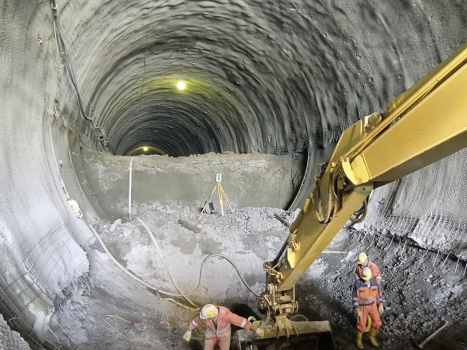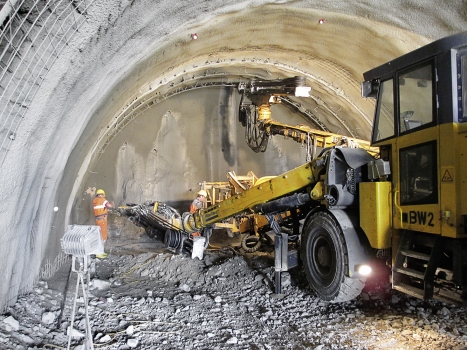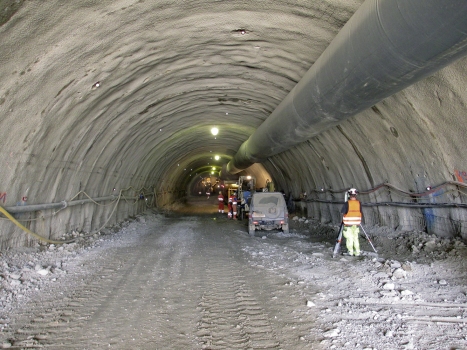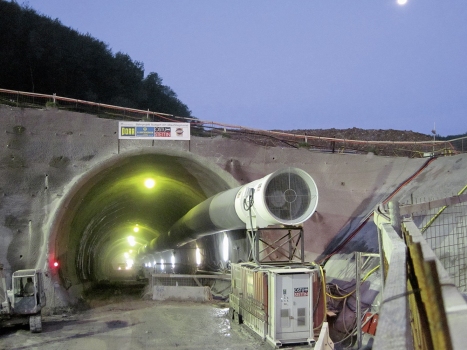The Albaufstieg: Tunnel construction for high speed rail line
The Stuttgart-Ulm railway project includes several major projects that will shift traffic from the roads to the rails. The existing, winding rail line south-east of Stuttgart over the Swabian Alb only allows peak speeds of 70 km/h. In the future, ICE and TGV traffic will be transferred to a new line that will allow maximum speeds of up to 250 km/h on a 30.4 km long tunnel section through the low mountain range.
Media
DSI Austria participated in the construction of two tunnel structures in the 15 km long Albaufstieg section – the 8.8 km long Bossler Tunnel and the 4.8 km long Steinbuehl Tunnel. At an inclination of 17-25 ‰, this section reaches a height of 750 m above sea level at its highest point.
20,000 segmental liners are needed
The Bossler Tunnel overcomes a total change in elevation of approx. 213 m and has a cover of up to 280 m. After its completion, the double tube tunnel with two rails will be one of Germany's longest railway tunnels. The structure is being advanced from the western portal on a 2,830 m long section using a Tunnel Boring Machine in the direction of the eastern portal. The 20,000 segmental liners that are needed for the tunnel are produced in a field factory. The ensuing tunnelling work is being undertaken using blasting advance and shotcrete. The double tube, single track Steinbuehl Tunnel is advanced using conventional blasting.
Jura geology is a major challenge for tunnelling
The Jura geology at the Albaufstieg is a major challenge for tunnelling. The section is located in brown Jura with low rock stability and in Oxfordian and compact limestone formations, the latter of which tends to have karst formations and a high water potential.
Tunnelling is first carried out at the crown, which is stabilized using rock anchors, PANTEX 3 bar Lattice Girders and shotcrete. After an advance section of approx. 500 m, the bench and invert are blasted and dug off. In the rock areas that are sensitive to load shifting, the tunnel is advanced using an 11 m diameter full-circle tunnel heading with fast ring closure.
DSI Austria supplied several products and systems for stabilizing tunnel advancement: DYWI® Drill Hollow Bar Anchors and Self-Drilling Spiles, SN Anchors, DYWIDAG GRP Anchors, PANTEX Lattice Girders and OMEGA-BOLT® Rock Bolts were used for rock support.










